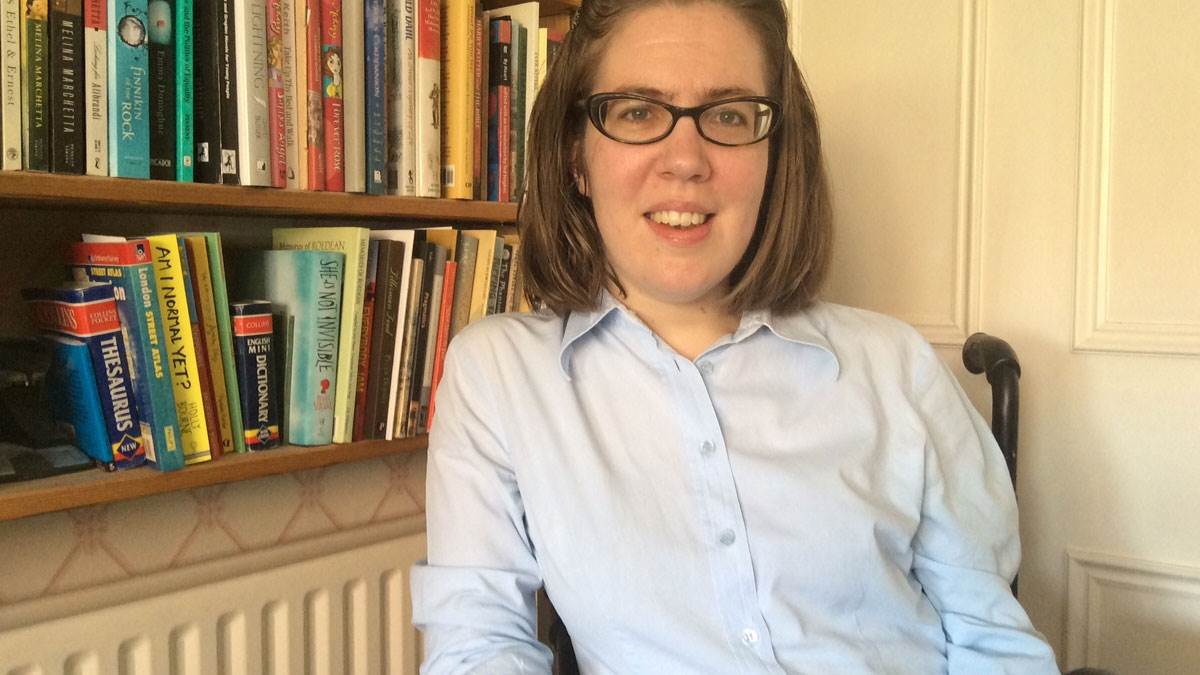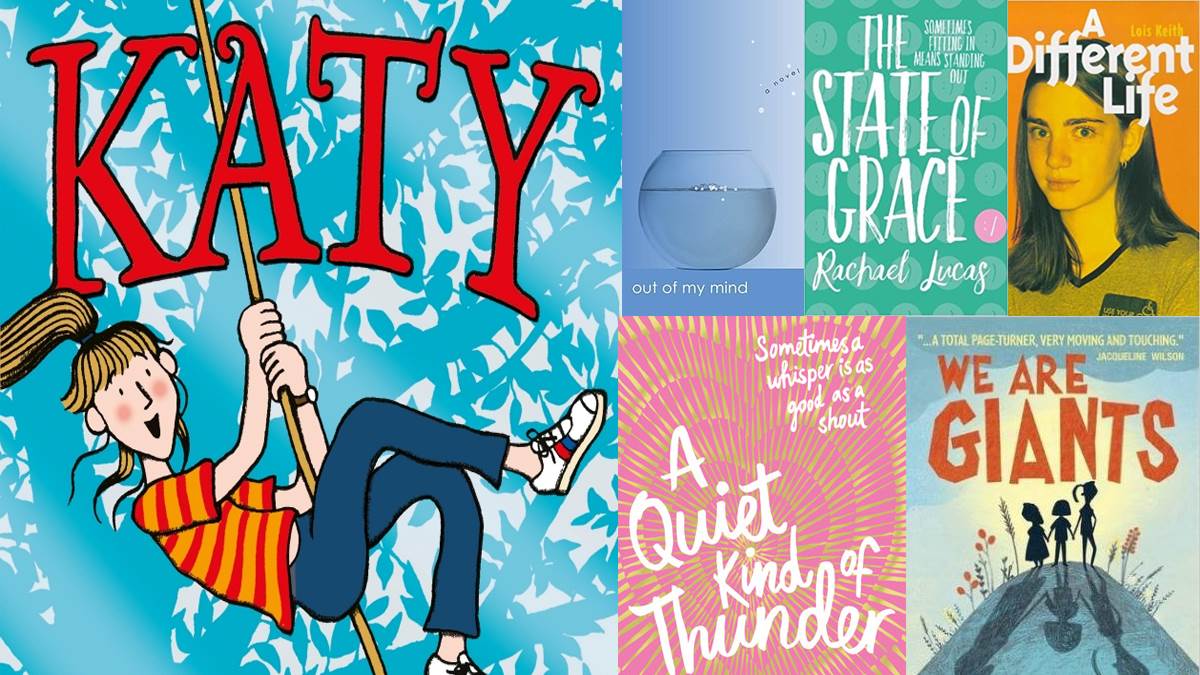'Long may it continue': how books are getting better at writing disabled characters
Published on: 14 Gorffennaf 2017 Author: Alex Strick
To mark Disability Awareness Day, Dr Rebecca Butler talks to us about disability in books, and shares a few recommendations.

Disabled characters: pitfalls for the writer
There are two pitfalls into which unwary authors may fall when they write fiction about disabled characters. They place excessive or even exclusive emphasis on the disability, telling the reader nothing about the broader context of the character's life. The disabled character becomes a bundle of symptoms.
Some writers also present disabilities - which in the real world are permanent - as intermittent. Under the pressure of the plot, the disability temporarily decreases in severity. Being myself a wheelchair user, I have chosen books that avoid these pitfalls.

Katy: a tale retold
Jacqueline Wilson's 2015 book Katy reimagines the story of Katy Carr, told by Susan Coolidge in 1872. Katy becomes disabled as a result of a spinal injury.
Coolidge depicts disability as a punishment by God for Katy's disobedience: she must suffer "in God's school of pain". Wilson takes a very different approach. She has carried out exemplary research into the context of someone like Katy: her education, her medical treatment, and her family relations.
A disabled mother
Sympathy for disabled characters may take a form that is patronising and objectionable, known as the "poor dears" approach. Amber Lee Dodd's We are Giants (2016) depicts a mother who has restricted growth but who is a dynamic and forceful character, working successfully as a furniture designer. The book demonstrates to young readers that disabled people can be successful both as individuals and as parents.
Liberation: the uphill task
Sharon M Draper's Out of My Mind (2012) shows how the talents of Melody, who has cerebral palsy and does not speak, are liberated by technology. She moves from being perceived as having learning difficulties to being a star pupil and an outstanding quiz performer. Yet in a heartbreaking moment, we see her success undermined by prejudice and jealousy.
Draper's depiction of disability is faultless and consistent - at times, painfully accurate. In my view, this is the best of the books I am recommending.
Disabled characters in their context
Sara Barnard's A Quiet Kind of Thunder (2017) depicts two characters with different disabilities. Steffi has selective mutism; she is capable of speech but remains largely silent. Ryan is profoundly deaf. He communicates through British Sign Language, which Steffi understands.
Barnard's book shows very clearly how young disabled people are affected both by the system of education in which they are placed (special or inclusive) and by the decisions taken within those systems. Ryan and Steffi are placed together because both use signs. No one asks whether this is the educational experience they need.
Moving from one educational system to another can be a painful process, as will be confirmed by anyone who has experienced it. Barnard's most significant accomplishment is to show Ryan as inhabiting both worlds: special and inclusive.
He takes Steffi to visit his friends from the school for deaf pupils. They are a community - they sign with astonishing speed and Steffi feels left out. His deaf friends cannot understand why Ryan left their school.
The own voice account of a disabled author
The contemporary standard for disabled authors writing fiction about disability was set a generation ago by Lois Keith's A Different Life (1997). The State of Grace (Rachel Lucas, 2017) follows on in the same tradition.
Grace has autism, as has her author. Grace has many interests she might share with others of her age, especially a love of horses. But she finds relations with other people much harder than with horses. Grace's autism is not intermittent. It is always with her and often a cause for irritation. Even when a horse is endangered, Grace is still disabled.
Huge leaps for literature
In the past century, there has been a significant improvement in the way disabled characters are presented in children's literature - compared, for example, with What Katy Did or Pollyanna. In the last 20 years, this advancement has been sustained.
Long may it continue.
Rebecca Butler holds a doctorate of education, which focuses on motor impairment in characters in children's novels and how these were perceived by young readers. She also has a Master's in children's literature and regularly reviews in three journals. She has published a number of papers on aspects of children's literature, including disability. She is a committee member of IBBY UK.





